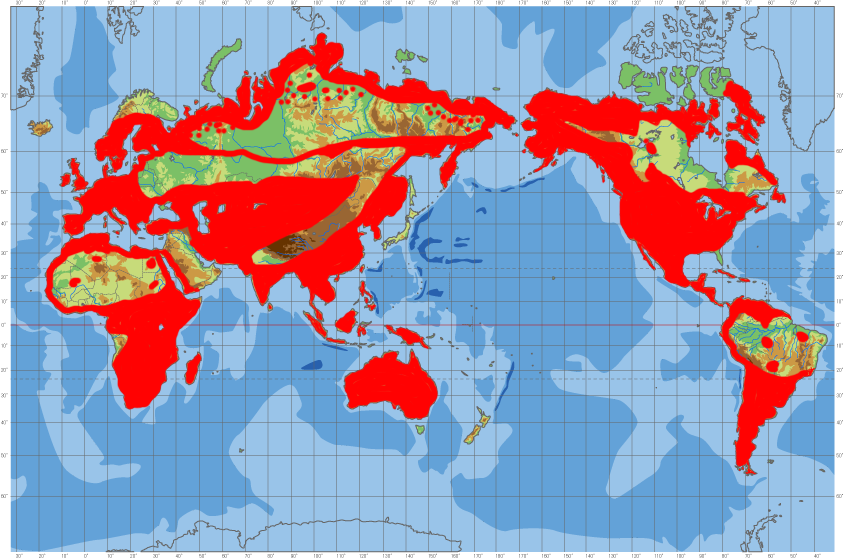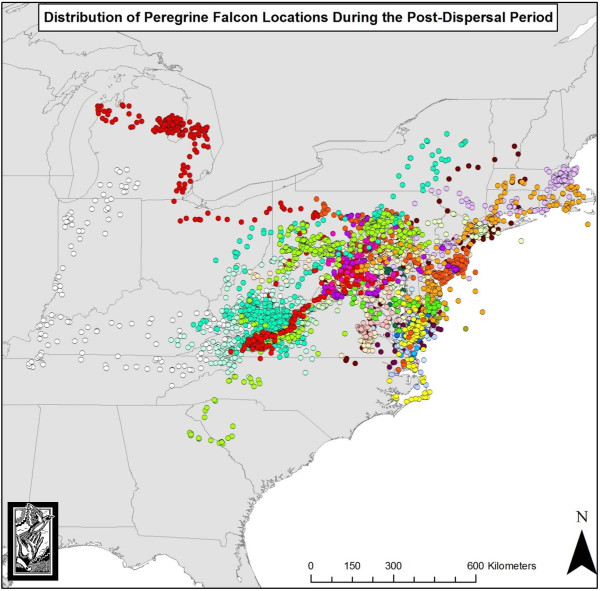

versicolor) on exposed, oceanside sites and coyote bush ( Baccharis pilularis) on less exposed sites. sparsifolium) chaparral, and mixed-chaparral communities.Ĭoastal sage scrub is vegetated with bush lupine ( Lupinus spp.) and manycolored lupine ( L. Woodlands, chamise-red shank ( Adenostoma fasciculatum- A. menziesii)-hardwood forests, coastal oak ( Quercus spp.) woodlands, montane hardwood woodlands, closed-cone pine-cypress ( Cupressus spp.) In coastal California, peregrine falcons inhabit coastal sage scrub communities that are associated with coastal dunes, perennial grasslands, annual grasslands, croplands, pastures, coast Douglas-fir ( Pseudotsuga menziesii var.

Peregrine falcons are rarely seen in the shrub-steppe in southeastern Washington. In Washington and Oregon, peregrine falcons occupy cliffs in relatively open habitats ranging from low-elevation grasslands to high-elevation pine ( Pinus spp.) forests in all seral stages ( cited in ). contorta), California wax-myrtle ( Myrica californica), and European beachgrass ( Ammophila arenaria), particularly in winter. sitchensis), shore pine ( Pinus contorta var. In western Washington, peregrine falcons hunt birds along beaches, low dunes, and surrounding areas with Sitka spruce ( P. Drier areas with similar vegetation are also commonly (Ericacea) with many small lakes and sedge-grass (Cyperacea-Poacea) marshes. In Alaskan tundra, peregrine falcons hunt in wet tussock-heath Populus tremuloides) forests with prickly rose ( Rosa acicularis) characterize cliff brinks on the Yukon River. Ĭlifftops habitats along the Colville River are overgrown with dense thickets of alder ( Alnus spp.) and willow ( Salix Regions and high mountain drainages, and the Alaska peninsula-Aleutian Islands region. Tundra of the arctic slopes, the interior Yukon River system including delta The 3 centers of highest breeding density in Alaska occur in the inland foothill Northern tundra, American peregrine falcons occur in the interior borealįorests, and Peale's peregrine falcons occur along southern coastal Alaska and Arctic peregrine falcons are found in the Provides a distributional map of the peregrine falcon in North and South America.Īll 3 North American subspecies occur in Alaska. Peregrine falcons were reintroduced in many urban areas during recovery efforts by the US Fish and Wildlife Service and other organizations. Globally, peregrine falcons breed up to 75 ºN latitude. In North America, the peregrine falcon's range extends from western Alaska to southern Greenland and south into Mexico (, review by Mountainous regions, continental forests, maritime islands, and urban areas (review by ). Types in which peregrine falcon occurs include arctic tundra, tropical ecosystems, deserts, wetlands, grasslands, The peregrine falcon is global in distribution. White, arctic peregrine falconĭISTRIBUTION AND OCCURRENCE SPECIES: Falco peregrinus Subspecies in North America include :įalco peregrinus anatum Bonaparte, American peregrine falconįalco peregrinus pealei Ridgway, Peale's peregrine falconįalco peregrinus tundrius C.M. The scientific name of peregrine falcon is Falco peregrinus Tunstall (Falconidae). Rocky Mountain Research Station, Fire Sciences Laboratory (Producer). Department of Agriculture, Forest Service, BIOLOGICAL DATA AND HABITAT REQUIREMENTS.In future versions of the Rare Species Explorer, we hope to incorporate natural community fidelity ranks for each taxon. In many cases, the general habitat descriptions should provide greater clarity and direction to the surveyor.
#Map of peregrin falcon habitat full#
Natural communities are not listed in order of frequency of occurrence, but are rather derived from the full set of natural communities, organized by Ecological Group. Natural communities are not listed for those species documented only from altered or ruderal habitats in Michigan, especially for taxa that occur in a variety of habitats outside of the state. For certain taxa, especially poorly collected or extirpated species of prairie and savanna habitats, natural community lists were derived from inferences from collection sites and habitat preferences in immediately adjacent states (particularly Indiana and Illinois). In most cases, at least one specimen record exists for each listed natural community.


 0 kommentar(er)
0 kommentar(er)
